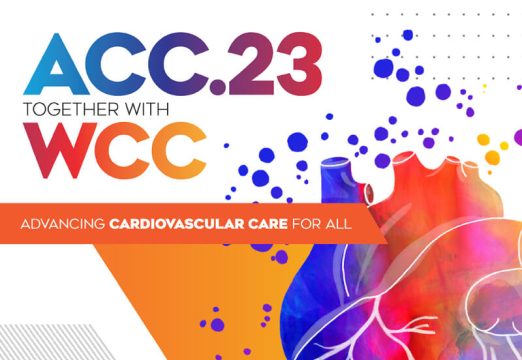Tricuspid regurgitation is a common and impairing disease. Optimal medical therapy (OMT) is limited, valve surgery is complex, and mortality is not low.

Dr. Paul Sorajja presented the results of the Pivotal Triluminate study to demonstrate the safety and efficacy of edge-to-edge treatment (transcatheter edge-to-edge repair, TEER) in tricuspid regurgitation.
Three hundred and fifty patients with symptomatic tricuspid regurgitation and intermediate or high risk were randomized to receive optimal medical therapy vs. TEER with the Triclip System (half of them received the latest generation TriClip G4).
The primary endpoint (PEP) was a composite of all-cause mortality, tricuspid valve surgery, hospitalization for heart failure, and an improvement in quality of life using the Kansas City Cardiomyopathy Questionnaire (KCCQ), defined as a 15-point increase at the 12-month follow-up.
Mean age was 78 years and over half the patients were female.
The procedure was safe at 30 days; 98.3% of patients did not experience major complications. There was only one cardiovascular death and two patients presented new-onset renal impairment.
The PEP was in favor of TEER (win ratio 1.48; 95% confidence interval: 1.06-2.13). There was no difference in mortality, hospitalization for heart failure, or tricuspid valve surgery.
Quality of life was superior for those who received TEER, with a 12.3-point vs. a 0.6-point increase in those who received OMT (p < 0.001). Likewise, half increased their quality of life by 15 points vs. 26% in the other group.
The proportion of patients with mild or moderate tricuspid regurgitation at 30 days and 12 months was higher in the TEER group compared with the OMT group (87% vs. 4.8%; p < 0.001 and 88.9% vs. 5.6%; p < 0.001, respectively).

Dr. Carlos Fava.
Member of the Editorial Board of SOLACI.org.
Original Title: TRILUMINATE Pivotal: TEER With the TriClip Benefits Patients With Severe TR.
Subscribe to our weekly newsletter
Get the latest scientific articles on interventional cardiology





